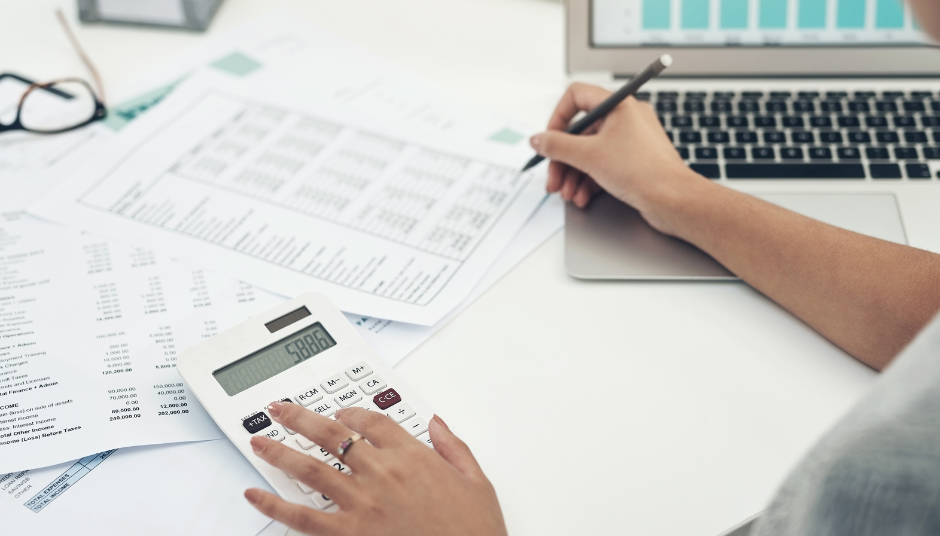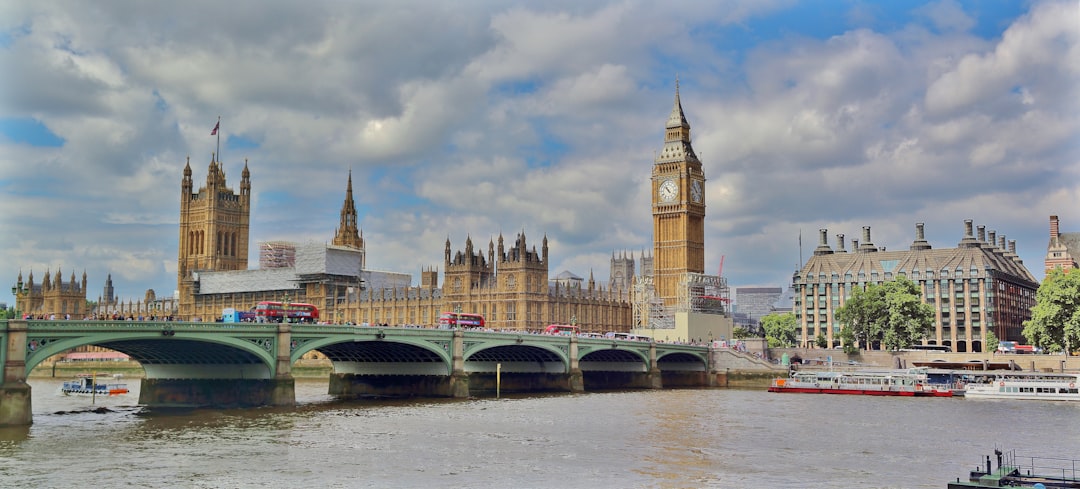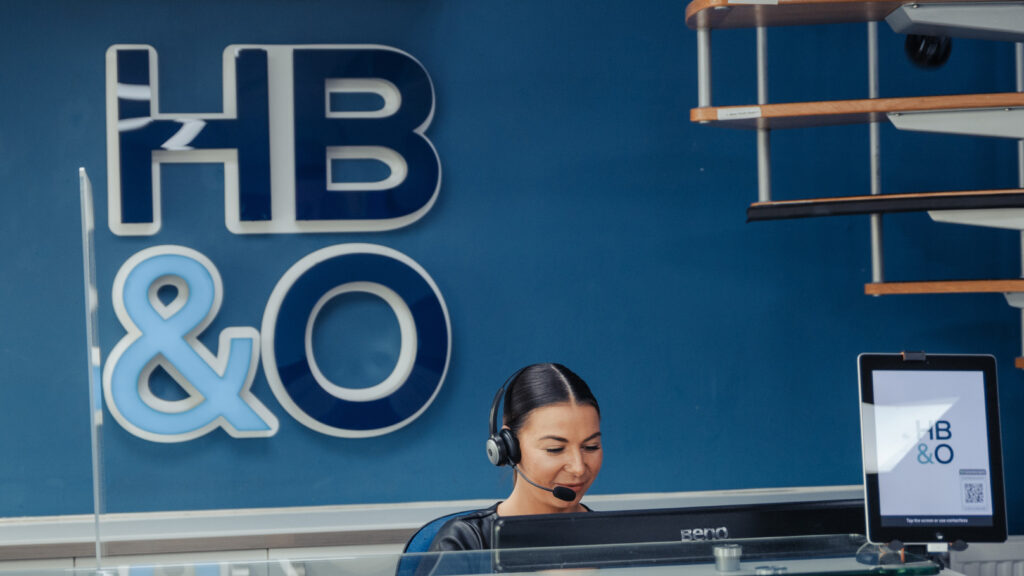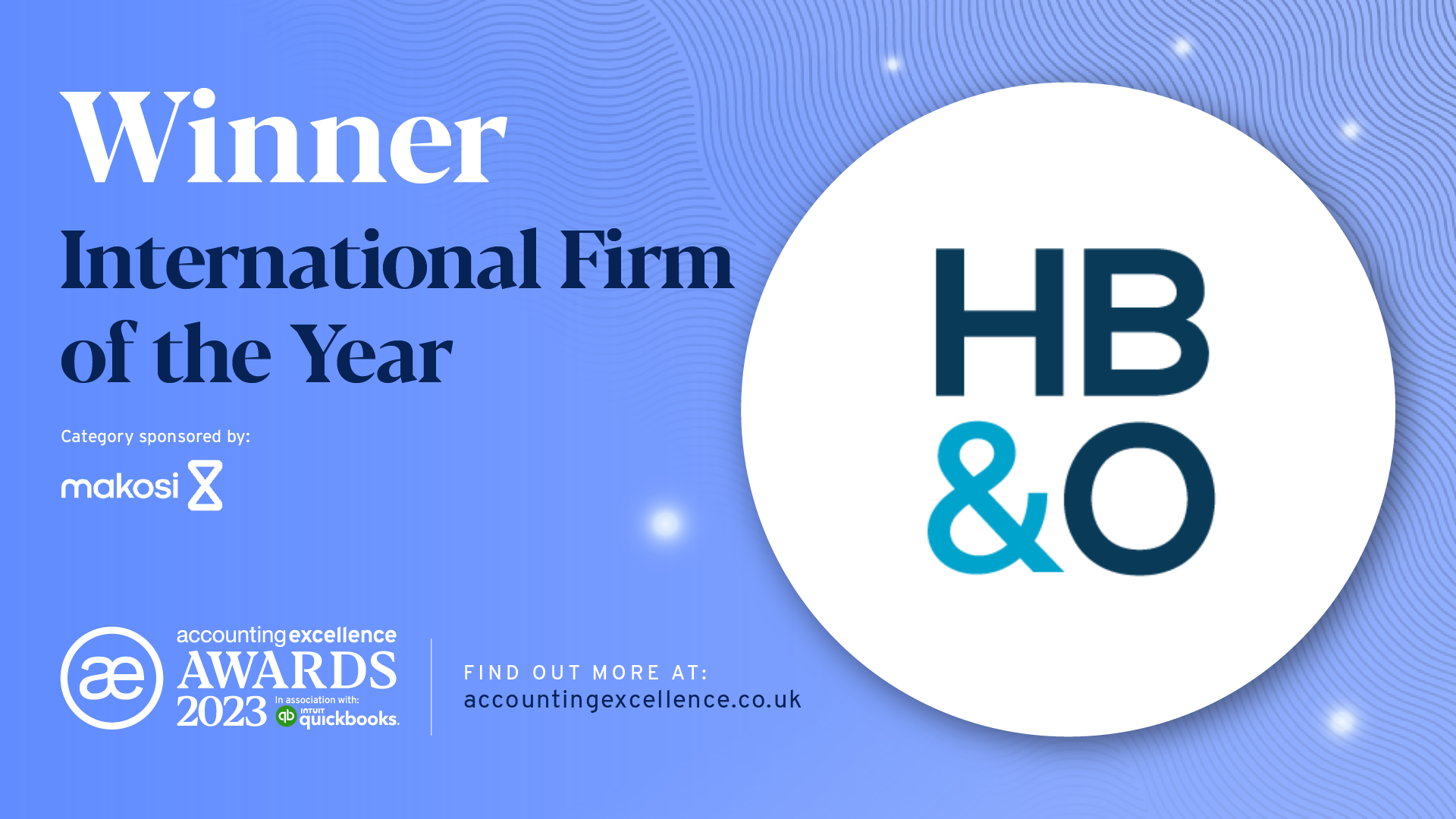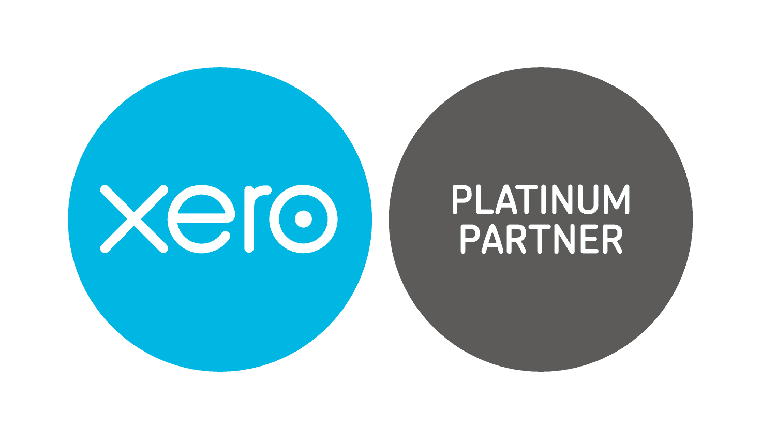THE CBILS SCHEME HAS NOW CLOSED AND HAS BEEN REPLACED WITH THE RECOVERY LOAN SCHEME. VISIT THE RECOVERY LOAN SCHEME FAQ PAGE
The Bounce Back Loan Scheme (BBLS) has launched today (Monday 4 May) and is a new scheme for businesses in the UK that are losing revenue, and seeing their cashflow disrupted, as a result of the COVID-19 outbreak.
It has been introduced to help smaller businesses and allows them to access finance ranging from £2,000 to 25% of a business’ turnover or £50,000, whichever is lower.
The BBLS is available through accredited lenders and approved partners of The British Business Bank and can be applied for on the respective lender’s or partner’s website.
What are the key terms of the BBLS?
- Loans of £2,000 to £50,000 or 25% of 2019 turnover – whichever is lower.
- Available to UK trading businesses affected by COVID-19
- 100% government-backed guarantee – no personal guarantees will be required
- Loan terms of 6 years with no capital or interest payments required in the first year with the option to extend the loan term, to up to 10 years.
- A fixed interest rate of 2.5%
- Simple online application form, with funds available within 24-48 hours
- All major high-street banks are able to lend under the scheme. See a list of accredited lenders can be found
- Can apply for a loan under BBLS or CBILS but not both
Am I eligible?
The scheme is open to most businesses, regardless of turnover, who meet the eligibility criteria and who were established on or before 1 March 2020.
Borrowers are required to declare, amongst other things, that:
- The business is engaged in trading or commercial activity in the UK at the date of the application, was carrying on business on 1 March 2020 and has been adversely affected by COVID-19.
- The business (and any wider group of which it is part) has not already received a Bounce Back Loan Scheme facility.
- The business (and any wider group of which it is part) has not yet obtained a loan through either the Coronavirus Business Interruption Loan Scheme (CBILS) unless that loan will be refinanced in full by the Bounce Back Loan Scheme facility.
- That the business is a UK limited company or partnership, or tax resident in the UK
- The business is not a bank, building society, insurance company, public sector organisation, state-funded primary or secondary school, or an individual other than a sole trader or a partner acting on behalf of a partnership.
- That the business was not, on 31 December 2019, a “business in difficulty” [** see details below].
- At the time of submitting their loan application, the business is neither in bankruptcy, debt restructuring proceedings, liquidation, or similar.
- More than 50% of the income of the business (together with that of any member of any group of which it is a part) is derived from its trading activity. This confirmation is not required if the borrower is a charity or a further education college.
- They will use the loan only to provide economic benefit to the business, and not for personal purposes. They have understood the costs associated with repayment of the loan and that they are able and intend to complete timely repayments in the future.
How do I apply? [Updated 03.06.2020]
The BBLS is available through accredited lenders and approved partners of The British Business Bank and can be applied for on the respective lender’s or partner’s website.
Businesses will be required to fill in a short online application form and self-declare that they are eligible for the scheme. Applicants should only need to provide the following:
- business name
- business address
- registered number (if a limited company)
- business turnover (for the 2019 calendar year)
- bank account details.
In the first instance, businesses, where possible, should approach their own bank. They may also consider approaching other accredited providers if they are unable to access the finance they need or if their existing provider is not accredited to provide loans under the scheme.
It may also be advisable to make sure that your statutory filings are up to date before you apply, e.g. your annual accounts and tax returns, and if you have a limited company, your Confirmation Statement. We understand that applications may be delayed if a business’s filings are not up to date.
How long is the scheme open? [Updated 22.12.2020]
The deadline for the BBLS has been extended from 30 November 2020 to 31 March 2021. The government announced the replacement scheme, the Recovery Loan Scheme, during the Budget 2021. We have a dedicated FAQ page for this BBLS scheme.
How much can I apply for?
Businesses can apply for between £2,000 up to 25% of their turnover. The maximum loan available under the Scheme is £50,000.
If I have more than one business, can I apply for a bounce-back loan for each of them? [Updated 08.06.2020]
Possibly. Companies that are in the same group can’t apply for multiple loans. However, you are entitled to apply for one Bounce Back Loan Scheme facility per separate business, unless that business is part of a group, which means a holding company is at the top of their structure. The guidance has recently been changed on this point. We are aware that many lenders have historically assessed a group to be any collection of businesses with common ownership (over 50%). We are continuing to monitor the lenders’ interpretation of the rules. If you have previously been turned down by a lender, for these reasons, it might be worth reapplying, following the recent change in guidance.
What is the definition of “group” under the Scheme?
For the purposes of eligibility of the Scheme, a group is defined by having a holding company at the top of their structure. However, as part of the application form, businesses are also required to declare that their business together with all “Partner Enterprises or Linked Enterprises” [** see details below] of the business, or under common control, have not breached State Aid limits.
How long will it take me to get the funds? [Updated 16.06.2020]
Given the significant interest in the Bounce Back Loan Scheme, we understand that, in some cases, businesses are having to wait for their applications to be processed and/or for funds to be received. The guidance from the British Business Bank acknowledges the delays and asks businesses to be patient as lenders respond to demand and prioritise support where it is needed most. The guidance also requests that businesses approach their existing lender, wherever possible, so that demand can be managed evenly across the Scheme’s accredited lenders. Businesses are advised to approach a lender directly, ideally via the lender’s website, as phone lines are likely to be busy and branches may not be able to handle enquiries in person.
We would recommend that businesses ensure their accounts, tax returns, and Companies House filings are up to date and that they seek advice from their accountants or other advisors, before submitting their application. We understand that some delays have been caused by businesses failing to provide the correct information when they apply.
Can I apply again if my application under the Bounce Back Loan Scheme has been turned down? [Added 08.06.2020]
Yes. If a business’s application to one lender was declined, then the business is able to make a further application under the Scheme to another accredited lender.
Do I need a business current account before I can apply? [Added 18.05.2020]
The Bounce Back Loan Scheme does not require you to have a business current account with the lender in order to receive a loan. However, lenders will carry out their standard Know Your Customer (KYC) and fraud checks during the application process. If the business is operating via an individual’s personal account, the lender may ask you to convert to a business relationship in line with their standard policies. This is at the sole discretion of the lender and some lenders may not permit an individual to operate their business via a personal account. You could experience delays with your application if this happens, as some lenders may require the conversion to a business relationship to happen before they are able to undertake their standard KYC and fraud checks.
If I have already received a Bounce Back Loan, can I increase (top-up) my existing loan? [Updated 16.11.2020]
On 2 November, following the news of the second lockdown, the government has announced existing loans can be topped up should they need additional finance. The top-up will be available from several large lenders from 10 November, with other lenders, anticipated to make the top-up available in due course.
Businesses that have already repaid their original loan are not eligible to apply for a top-up. A business can only make one top-up application and can only top-up their loan with the same lender from which they obtained their original loan. Loans can be topped up to the maximum amount permitted under the scheme rules and the overall loan can still not be more than 25% of the turnover.
The government will continue to cover any interest payable in the first 12 months and businesses will not be required to make any loan repayments during the first 12 months. This 12-month period runs from the date the original loan was drawn down, and not from when the top-up was drawn down.
A business which is not eligible for a top-up to their original loan, or who has received a top-up loan and later decide they need more financing, is not able to apply for a further loan under the BBLS. Instead, they may be able to refinance under CBILS provided they are eligible. However, businesses are not permitted to have a loan under the BBLS and CBILS at the same time. If a CBILS loan is received at a later date, part of the funds received must be used to repay any outstanding BBLS loan.
What finance products are available under the Bounce Back Loan Scheme?
Accredited lenders are only permitted to provide term loans (a loan for a specific amount that has a specified repayment schedule) under the Scheme. It is targeted at supporting those businesses who need access to finance quickly and, therefore, requires lenders to offer a standard product.
Businesses seeking finance above £50,000, or asset or invoice finance under £50,000, may be able to use existing accredited lenders under the Coronavirus Business Interruption Loan Scheme (CBILS). See our FAQ’s on CBILS
Can I apply for a CBILS facility as well as a Bounce Back Loan Scheme facility? [Updated 22.05.2020]
A business is not able to take out a Bounce Back Loan if they have already been approved for the CBILS. However, a business that has already received finance under the CBILS of £50,000 or less can apply for it to be converted to a Bounce Back Loan. Similarly, we understand a business that has received a Bounce Back Loan will be allowed to apply for additional finance under the CBILS, at a later date, providing that part of the new funding is used to repay the original Bounce Back Loan.
The terms of each scheme, including borrower protections, are different and businesses should discuss these with their lender.
When do I have to start repayments? [Updated 25.09.2020]
Businesses are not required to make repayments for the first 12 months and the government will cover interest payable to the lender during the first year.
Following this 12 month period, the borrower will need to make full repayments (the loan and any interest), as per their arrangement with the lender unless any alternative arrangements such as interest-only payments or payment holidays have been agreed (as set out in the Winter Economy Plan: see What happens if I find I’m struggling to repay the loan? below for more information). The borrower is 100% liable for repaying the loan and any interest.
Can I repay early?
Early repayment is permitted at any stage, without early repayment fees.
What fees and interest will I be required to pay?
The government has set the interest rate for this facility at 2.5% per annum. Lenders are not permitted to charge any fees.
What term can I borrow this over? [Updated 25.09.2020]
Loans under the Bounce Back Loan Scheme are available over a six to ten-year term as announced on 24 September as part of the Winter Economy Plan.
What checks will I be subject to?
Applicants are required to self-declare they meet the eligibility criteria for the scheme. Eligible businesses will be subject to standard customer fraud, Anti-Money Laundering (AML), and Know Your Customer (KYC) checks.
What turnover do I use if my business started trading part-way through 2019?
We expect most lenders will require you to estimate what the annual turnover would have been for your first full year of trading, assuming there had been no outbreak of COVID-19.
What can I use the loan for?
The business must confirm that the loan will only be used to provide an economic benefit to the business, for example providing working capital, and not for personal purposes. There are no limits on the amount of the facility that can be used for refinancing.
What happens if I find I’m struggling to repay the loan? [Updated 25.09.2020]
Announced on 24 September as part of the Winter Economy Plan, named ‘Pay as you Grow’, businesses with a BBL can:
- request an extension of their loan term to 10 years from six years, at the same fixed interest rate of 2.5%
- reduce their monthly repayments for six months by paying interest only. This option is available up to three times during the term of their Bounce Back Loan
- take a repayment holiday for up to six months. This option is available once during the term of their Bounce Back Loan.
Lenders will start to communicate Pay As You Grow (PAYG) options to Bounce Back Loan Scheme borrowers three months before repayments commence. Lenders will inform their customers about PAYG directly, so borrowers should wait until they are contacted by their lender before enquiring about the scheme.
You should talk to the lender if you are experiencing financial difficulties and they will have standard processes in place to support customers in those circumstances.
Lenders are not permitted to require personal guarantees for the Bounce Back Loan Scheme but they will seek to recover the loan against business assets, before relying on the government guarantee.
For sole traders or small partnerships, who often risk their personal assets when borrowing, the terms of the Bounce Back Loan Scheme mean no recovery action can be taken over a principal private residence or a primary personal vehicle.
What if I want to complain about my loan under the Bounce Back Loan Scheme? [Added 20.05.2020]
We are hearing from several businesses that are unhappy with their lender’s responses about the scheme. If you want to make a complaint, the British Business Bank suggests you contact the lender directly and ask for details of their standard complaints process. If you are still not satisfied, they suggest you contact the Financial Ombudsman Service.
Can all businesses apply?
The scheme is open to most UK businesses, regardless of turnover, who self-declare that they meet the eligibility criteria. For some businesses, who self-declare as being a “business in difficulty” on 31 December 2019, there may be restrictions on the amount of finance they are allowed to borrow and what they can do with the loan.
The government announced the replacement scheme, the Recovery Loan Scheme, during the Budget 2021. Visit our dedicated FAQ page for the Recovery Loan Scheme
Would you like to receive tips and advice straight to your inbox? Subscribe to our newsletter
Clarification of terms (taken from British Business Bank guidance as of 17 May 2020)
What is “business in difficulty”??
A business is considered “in difficulty”? if it meets any one of the following criteria on 31 December 2019:
- Individuals or companies that have entered into collective insolvency proceedings;
- Limited companies which have accumulated losses greater than half of their share capital in their last annual accounts (this does not apply to SMEs less than 3 years old);
- Partnerships, limited partnerships or unlimited liability companies which have accumulated losses greater than half of their capital in their latest annual accounts (this does not apply to SMEs less than 3 years old);
- Where the undertaking has received rescue aid and has not yet reimbursed the loan or terminated the guarantee, or has received restructuring aid and is still subject to a restructuring plan.
- A company which is not an SME where, for each of the last two accounting years: i) your book debt to equity ratio has been greater than 7.5; and ii) your EBITDA interest coverage ratio has been below 1.0.
What is a “sole enterprise”??
An applicant’s business is a ‘sole enterprise’ (for the purposes of the Bounce Back Loan Scheme) if it holds no more than 25% of the capital or voting rights (whichever is higher) in one or more other businesses; and/or other businesses hold no more than 25% of the capital or voting rights (whichever is higher) in the applicant’s business; and nor is it linked to another business according to the criteria for “linked enterprises”?. In addition, certain investors may individually have a stake of up to 50% in the business and it may still be considered a sole business: public investment corporations, venture capital companies and business angels (provided the investment is less than €1.25 million), universities and non-profit-making research centres, institutional investors (including regional development funds), or autonomous local authorities (with an annual budget of less than €10 million and fewer than 5,000 inhabitants).
What is a “linked”? enterprise?
Linked enterprises form a group by controlling the majority of voting rights of an enterprise, either directly or indirectly; or being able to exercise a dominant influence over an enterprise. Enterprises are linked when one enterprise holds a majority of the shareholders’ or members’ voting rights in another enterprise; or can appoint or remove a majority of the other enterprise’s administrative, the management or supervisory body; or there is a contract between each enterprise enabling one to exercise a dominant influence over the other; or one enterprise can exercise sole control over a majority of shareholders’ or members’ voting rights in another enterprise. A typical example is a wholly-owned subsidiary. An enterprise is indirectly linked to a business if it is directly linked to an enterprise that is linked directly to the business.
What is a “partner”? enterprise?
A “partner enterprise”? is an enterprise that has a certain financial partnership with another, without one exercising effective direct or indirect control over the other. They are not sole enterprises or linked enterprises. This is the case where both hold 25% or more of the capital or voting rights in each other and are not linked to other enterprises. Among other things, their voting rights in each other do not exceed 50%.



